Description
This beautiful vintage (circa 1879) Hulme Print of Cornflower (Centaurea cyanus) will look stunning on your wall. This U.K. piece of art is an authentic botanical print — approximately 140 years old — one to be treasured for generations to come.
The artist, Frederic Edward Hulme, was known as a teacher and an amateur botanist. Hulme became the drawing master at Marlborough College in 1870. While there he started work on his most famous work, Familiar Wild Flowers, which was issued in parts as not only did it contain a detailed description of each flower but also its medicinal uses and habitat. The major work was the botanical illustration by Hulme of each flower which was recreated as a color plate in each volume. In his lifetime, Hulme completed nine volumes which were published at intervals.
The print measures approximately 5 in x 7.5 in. on lightly toned* paper. The print will be accompanied by its original descriptive text and a copy of the title page of the work.
Condition:
- This print is in good condition on lightly toned to toned paper. Because these types of prints are antiques, you can expect them to have some imperfections due to age and handling. Please review the images carefully to assess the condition as some foxing, toning, and offset may be visible.
Condition Terminology:
- Toning is the darkening of paper over time. Toning comes in varying degree, from creamy white to very tanned, and is very common in antique prints.
- Foxing is distinct darkening of the paper in small or large spots. Foxing can happen in one fair sized spot or it can be “freckled” all over the paper (and all possible combinations).
- Offset happens when the print has been in direct contact with a page of text for an extended period of time. Offset can be dark where the ink has smudged or transferred onto the print, or light when the acids in the ink have burned (toned) the facing print.
- Trimming happens (usually during the binding process) when one or more margins (top, bottom, left or right) is cut down to fit in the selected binding. Unfortunately, trimming can sometimes effect the image area inside the plate mark.
- Plate Mark is the area that the image occupies. If you look closely at a copper plate engraving you can see the depression where the copper plate was pressed into the paper while the image was being printed, that is the plate mark.
- Soiling is any mark on the paper that isn’t part of the printing process. Remember, these prints came from a magazine that was later bound into volumes. Sometimes people aren’t very careful with books and magazines and often handle them without washing their hands (this may be especially true of botanical magazine that was marketed to, avid, wealthy gardeners). So, there may be actual dirt on the 200ish year old print.
Shipping:
These unframed prints will be shipped rolled. Rolling is cost effective & non-damaging. Many top tier print dealers roll their prints for shipment. Once your prints arrive, unroll them and put them between two heavy books for a couple of days and they should flatten out beautifully. Alternatively, your framer can press them out.







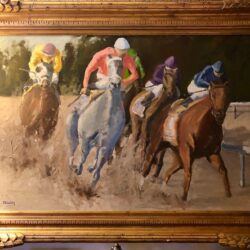
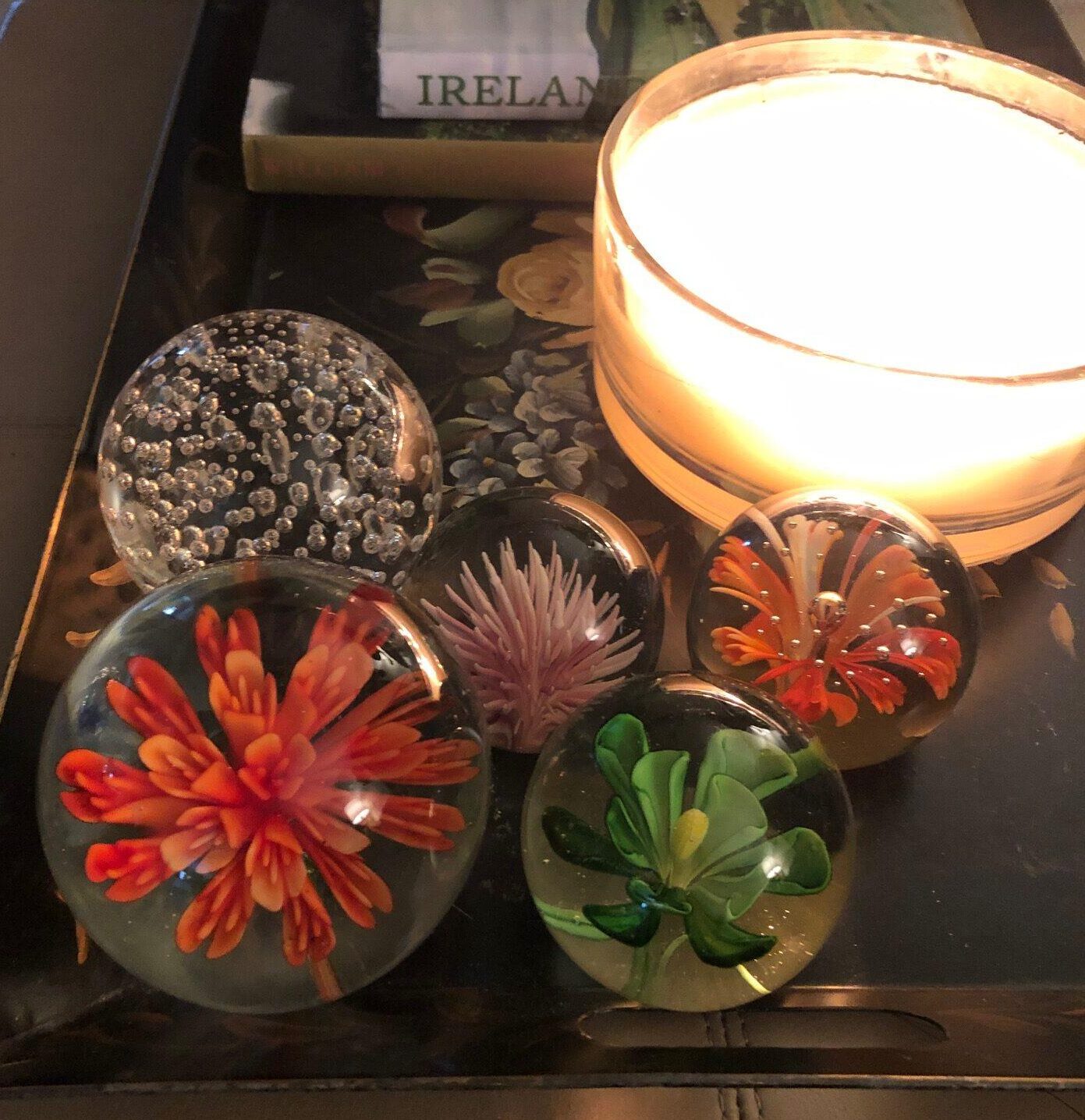
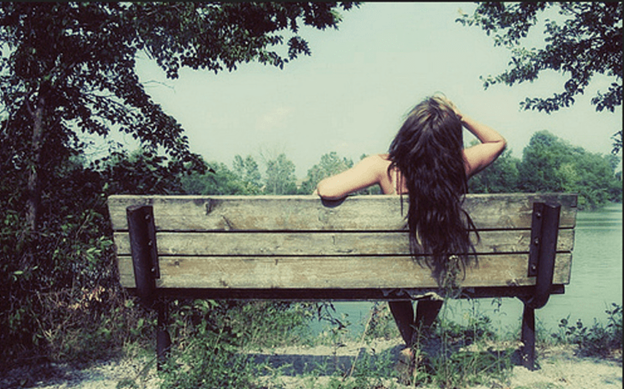
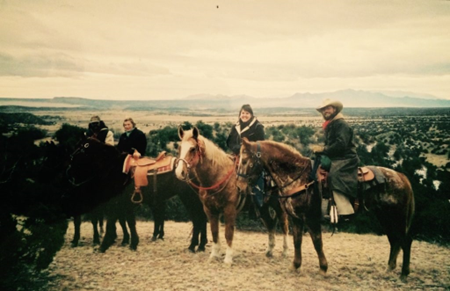
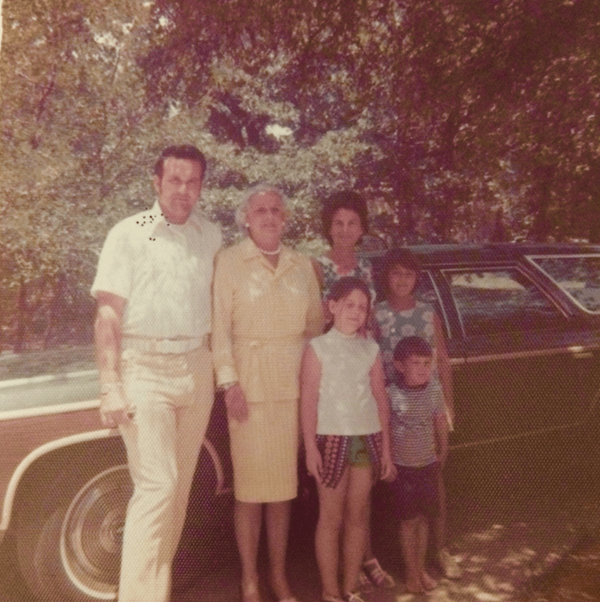


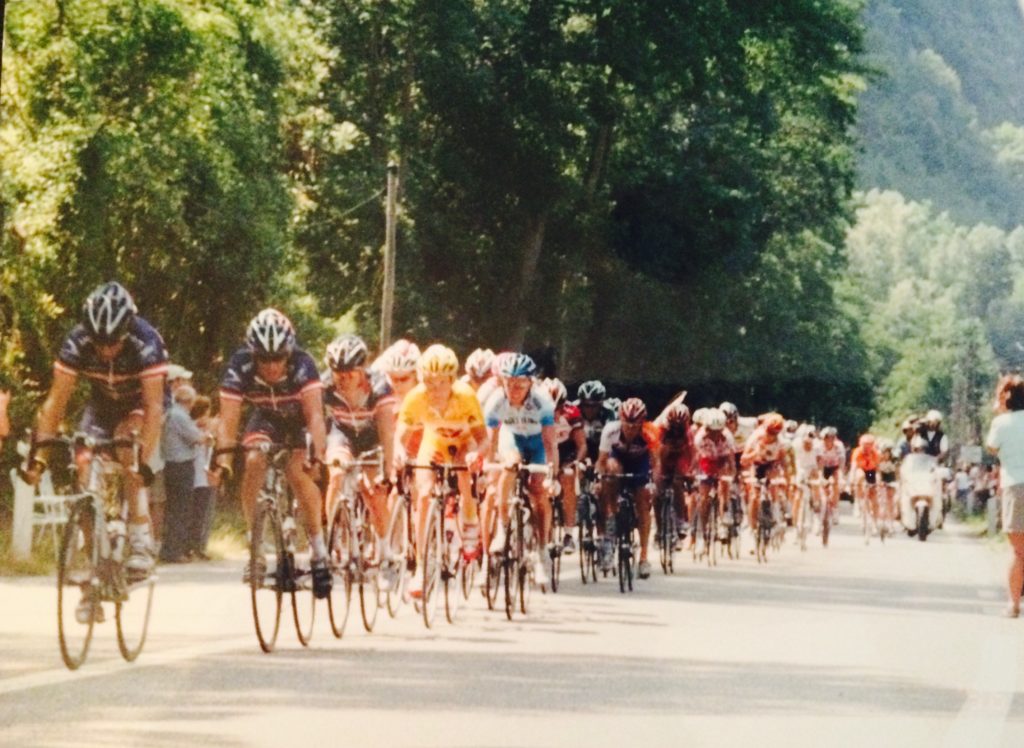
Reviews
There are no reviews yet.